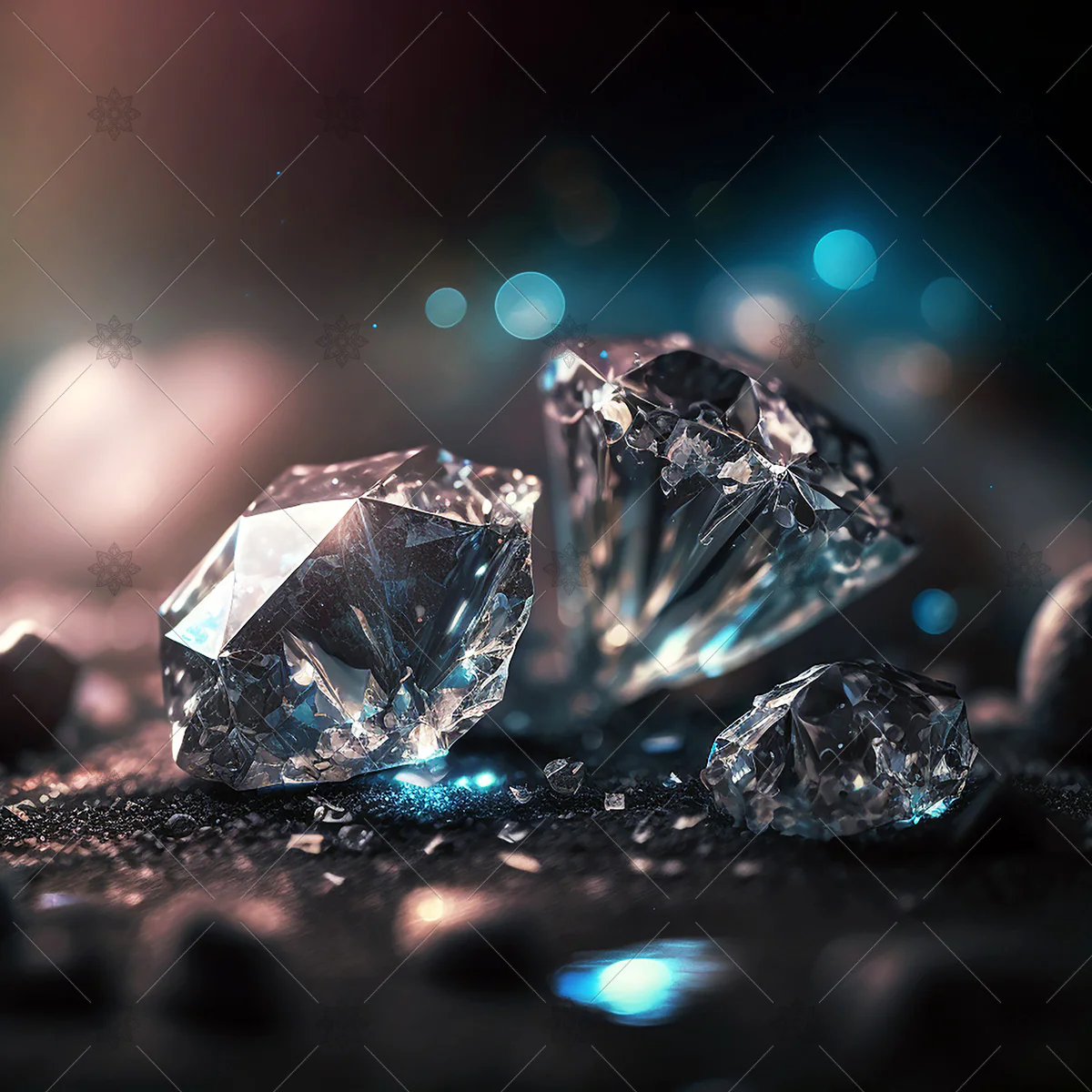Diamonds have long been prized for their brilliance, clarity, and rarity. However, with the growing demand for sustainable options, lab-made diamonds have become an increasingly popular choice. Understanding the different diamond cuts types and the emerging trend of lab-made diamonds can help you make an informed decision when choosing the perfect stone for your jewelry. This article will explore the various diamond cut types, how they affect the appearance and value of the stone, and why lab-made diamonds are gaining traction.
Table of Contents
ToggleWhat Are Diamond Cut Types?
When shopping for diamonds, one of the most important factors to consider is the cut. Diamond cuts types refer to how a diamond is shaped and faceted, influencing its brilliance and overall appearance. The cut is often mistaken for the diamond’s shape, but in reality, they are two different characteristics. The diamond cut types are determined by the angles and proportions of the diamond’s facets, which impact the way light interacts with the stone. A well-cut diamond will reflect light brilliantly, while a poorly cut diamond can appear dull, regardless of its size.
Some of the most common diamond cuts types include the round cut, princess cut, emerald cut, cushion cut, and oval cut. Each of these cuts offers a unique aesthetic and level of brilliance. For example, the round cut is the most popular and often considered the most brilliant due to its symmetrical facets that allow for maximum light reflection. On the other hand, the emerald cut has fewer facets and creates a hall-of-mirrors effect, giving it a more understated elegance.
How Diamond Cut Affects Brilliance
The brilliance of a diamond is its ability to reflect light, and this is directly impacted by the diamond cut types. The proportions and angles of a diamond’s facets determine how much light enters the stone and how it is refracted and reflected. A well-cut diamond maximizes the amount of light that returns to the viewer’s eye, creating a sparkling, lively appearance.
For example, the round brilliant cut is designed to optimize light return. The angles and proportions are carefully calculated to ensure that light is refracted within the stone and then reflected back through the top, creating that signature sparkle. In contrast, diamond cuts types such as the emerald or asscher cuts have a different approach to light reflection, offering a more subdued brilliance but with greater emphasis on clarity and transparency. Therefore, the choice of diamond cut types is an essential factor when deciding how much sparkle you want your diamond to have.
Lab-Made Diamonds: A Sustainable Option
In recent years, lab-made diamonds have gained significant popularity due to their ethical and environmental benefits. Unlike natural diamonds, which are mined from the earth, lab-made diamonds are created in controlled environments using advanced technology. The two primary methods of producing lab-made diamonds are High Pressure High Temperature (HPHT) and Chemical Vapor Deposition (CVD). Both methods replicate the conditions under which natural diamonds form, resulting in stones that are chemically, physically, and optically identical to mined diamonds.
The rise of lab-made diamonds has sparked a shift in the jewelry market, offering consumers an eco-friendly and more affordable alternative to traditional diamonds. One of the key benefits of lab made diamonds is that they are conflict-free. The diamond industry has long been associated with ethical concerns, particularly in regions where diamond mining has fueled violence and human rights abuses. By choosing lab-made diamonds, consumers can be assured that their stone was created without the negative social and environmental impact of mining.
Comparing Lab-Made Diamonds to Natural Diamonds
While lab-made diamonds and natural diamonds share the same chemical composition and physical properties, there are some differences between the two. One of the primary distinctions is the origin of the stone. Lab-made diamonds are created in a laboratory setting, while natural diamonds are formed deep within the Earth over millions of years. As a result, lab-made diamonds tend to be more affordable than their natural counterparts, offering a similar aesthetic and quality at a lower price point.
Another difference is that lab-made diamonds can be produced in a shorter timeframe, whereas natural diamonds require millions of years to form. This rapid production process allows for greater consistency and precision in lab-made diamonds, making it easier for jewelers to select stones with specific characteristics, such as a particular diamond cut type or color grade. Consumers who are looking for a customized diamond that matches their preferences can find a wide variety of diamond cuts types available in the lab-made diamond market.
The Future of Diamond Cuts and Lab-Made Diamonds
The market for both diamond cuts types and lab-made diamonds continues to evolve. As technology advances, new cutting techniques are being developed to create diamonds with even more brilliance and unique shapes. For example, recent innovations have led to the creation of fancy shapes such as the radiant and marquise cuts, which provide buyers with more options for their diamond jewelry.
Furthermore, as demand for lab-made diamonds increases, the industry is likely to see more refined and sophisticated cuts being offered. Jewelers and designers are constantly experimenting with new diamond cuts types that enhance the appearance of lab-made diamonds while also making them more affordable. As the popularity of lab-made diamonds grows, it is expected that the variety of cuts and settings available for these stones will continue to expand, offering even more choices for consumers.
Conclusion
Understanding diamond cuts types and the role they play in a diamond’s brilliance is essential for anyone looking to invest in fine jewelry. Whether you choose a classic round cut or an elegant emerald cut, the right diamond cut types will enhance the stone’s beauty and shine. Meanwhile, lab-made diamonds offer a sustainable, affordable, and ethical alternative to natural diamonds, without sacrificing quality. As the demand for both diamond cuts and lab-made diamonds grows, consumers can look forward to even more options and innovations in the future, allowing them to find the perfect diamond for any occasion.

